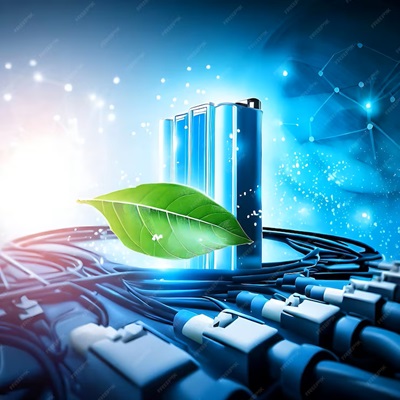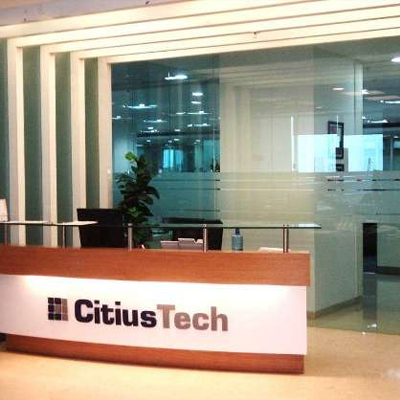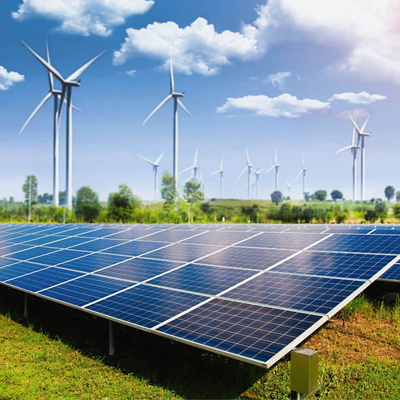Sustainable Innovation: Transforming Data Centers into Green Powerhouses

In an era where digital footprints have outstripped physical ones, data centers emerge as the lifeblood. These immense facilities, often overshadowed by the technology they support, are at the heart of every digital transaction, every search query, and every streamed video. However, as their influence grows, so does their environmental footprint.
However, with great power comes great responsibility, and the current modus operandi of data centers is, regrettably, far from green. In fact, according to a 2022 report by the International Energy Agency (IEA), data centers globally consume about 1-1.3% of the world's electricity, highlighting their colossal energy appetite. With the current trajectory, this consumption is set to increase exponentially, necessitating the imperative for sustainable innovation.
The Ecological Implications
Before delving into the nuances of green innovation, understanding the ecological ramifications of these behemoths is paramount. The conventional data center is a voracious energy consumer, primarily because of the cooling mechanisms that keep servers at optimal temperatures.
This energy predominantly hails from non-renewable sources, exacerbating carbon emissions and perpetuating a cycle of environmental degradation.
Towards a Paradigm Shift
Fortunately, the technological zeitgeist has recognized this perturbing trend and is ardently working towards rectifying it. The paradigm is shifting from merely energy-intensive models to ones synergistic with ecological tenets.
Efficient Design Architecture
A holistic approach to design can curtail energy demands. Data centers can significantly reduce their cooling requirements by employing efficient airflow mechanics, utilizing cold and hot aisle containment, and optimizing server rack placements. Furthermore, the emphasis on strategic design principles resonates with the broader ethos of sustainable development, marrying functionality with responsibility. Such meticulous attention to infrastructure bolsters operational efficacy while fulfilling the commitment to ecological stewardship.
Alternative Energy Sources
Solar and wind power have seen a renaissance in the past decade. Leading tech giants are now investing in these renewable sources to power their data centers. For instance, Google has set an ambitious objective to continuously operate on carbon-neutral energy across every grid where they function by 2030. Such commitment from industry juggernauts elevates the benchmark for green initiatives and catalyzes a broader industry shift. As these forerunners set the pace, it becomes an implicit call to action for other entities, further proliferating the adoption of renewable energy across the technological landscape.
Advanced Cooling Mechanisms
Techniques like liquid immersion cooling, wherein servers are immersed in non-conductive liquids, offer a far more efficient cooling mechanism than traditional air cooling. This substantially diminishes energy consumption and, by extension, the carbon footprint. By prioritizing these advanced techniques, data centers can further position themselves as vanguards of technological innovation and sustainable operation.
Waste Heat Utilization
An avant-garde approach is the utilization of waste heat generated by data centers. Cities in colder climes are tapping into this wasted energy to heat homes and other establishments, crafting a model of sustainable symbiosis. Additionally, this innovative repurposing of waste heat underscores a shift towards a circular economy, where waste from one sector becomes a resource for another. By transforming what was once considered a byproduct into a valued asset, companies and municipalities exemplify how technological and environmental goals can coalesce for mutual benefit.
AI and ML-Driven Efficiency
Integrating Artificial Intelligence (AI) and Machine Learning (ML) can optimize operations, predict maintenance requirements, and ensure the efficient allocation of resources. Potential system inefficiencies can be preemptively addressed through intelligent algorithms and predictive analytics, ensuring a seamless and energy-conservative operational environment.
"Data centers, once voracious energy consumers, are now transforming into green powerhouses through sustainable innovation, fostering a symbiotic relationship between digital aspirations and ecological realities."
Endnote
The quintessence of innovation lies in its ability to adapt and evolve. As stewards of the digital age, we must ensure that our technological advancements do not come at the cost of our planet's well-being. As pivotal as they are today, data centers should not be antithetical to environmental conservation. We can transform these data juggernauts into green powerhouses through sustainable innovation, ensuring a symbiotic relationship between our digital aspirations and ecological realities.
.png)







